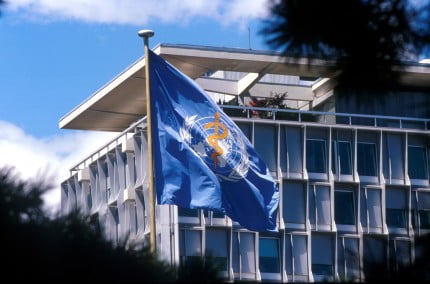The Associated Press got its hands on internal WHO documents that show a degree of self-criticism by top level WHO staffers about their organization’s handling of the ebola crisis. Much of the criticism focuses on the WHO’s regional office for West Africa.
This, I think, is a teachable moment about how the World Health Organization is structured–and what reforms might help streamline a response in the future. Here’s the nub of the problem:
The U.N. health agency acknowledged that, at times, even its own bureaucracy was a problem. It noted that the heads of WHO country offices in Africa are “politically motivated appointments” made by the WHO regional director for Africa, Dr. Luis Sambo, who does not answer to the agency’s chief in Geneva, Dr. Margaret Chan
…
Dr. Peter Piot, the co-discoverer of the Ebola virus, agreed in an interview Friday that WHO acted far too slowly, largely because of its Africa office.
“It’s the regional office in Africa that’s the front line,” he said at his office in London. “And they didn’t do anything. That office is really not competent.”
It may come as a surprise to many, but the World Health Organization is not a centrally directed bureaucracy. Rather, it’s more of a confederation of regional offices that act — hopefully— in coordination with WHO headquarters in Geneva. There six of these regional offices (Washington, D.C. residents may know the American regional office, The Pan-American Health Organization located in Foggy Bottom, for its curious beehive architecture). These regional offices have a great deal of autonomy. Their directors are elected by the member states of their region and they do not report directly to headquarters in Geneva, but to their own regional member states.
In theory this regional ownership should be a good thing. The WHO regional office would best serve its region if it’s staffed with people from that region who understand local language, customs, and are motivated to respond to local health priorities. But in practice, electing a regional director by ministers of health from that region can add an unfortunate level of politics into the process. It also means that the regional director cannot be hired, fired, or replaced by headquarters. Only member states of the region can do that, which again makes this process much more political than it would otherwise be.
If member states believe that the ebola crises demonstrates that the bureaucracy of the World Health Organization needs to be adjusted to give more autonomy and management control to the Director General in Geneva, they can change the WHO’s constitution and bylaws. (The World Health Assembly, the WHO’s ultimate governing body, meets each May). But for now, this is the WHO that member states created. If member states want the WHO to be more nimble, they need to give WHO staffers the political backing (and funding) they require to do their jobs.
